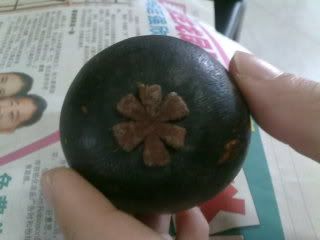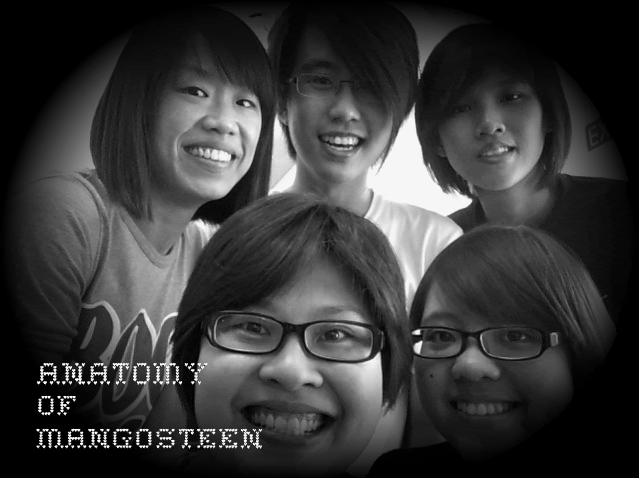Thursday, June 17, 2010
Introduction to our Statistics Project @ 5:13 AM
We are a group of students from NYP, undertaking the Diploma in Diagnostic Radiography. We commenced the course in April 2009, and are currently through the second term of the first semester in Year 2.
Right from when we were young, we've all heard from our elders that we could determine the number of sections of a Mangosteen's flesh from the number of petals we see on the its crust.
This is how the petals on a typical Mangosteen look like.

Because of this saying that has been passed on from previous generations, we decided to base our project on Mangosteens and the relationship between its physical and morphological characteristics. As the saying goes, the heavier an object is, the heavier its contents are. Thus, in addition to determine if the above-mentioned saying is a myth or a fact, we have also decided to hypothesize if the weight of a Mangosteen is linearly related to the amount of flesh it contains.
We also know that this might not be proven to be true as there is the possibility that the weight of a Mangosteen is dependent on the weight of its crust instead of its flesh.
From these above questions and observations, we have embarked on a study to ascertain if
1) the number of petals on a Mangosteen corresponds to its number of sections of flesh and
2) the weight of a Mangosteen is related to its weight of the flesh.
